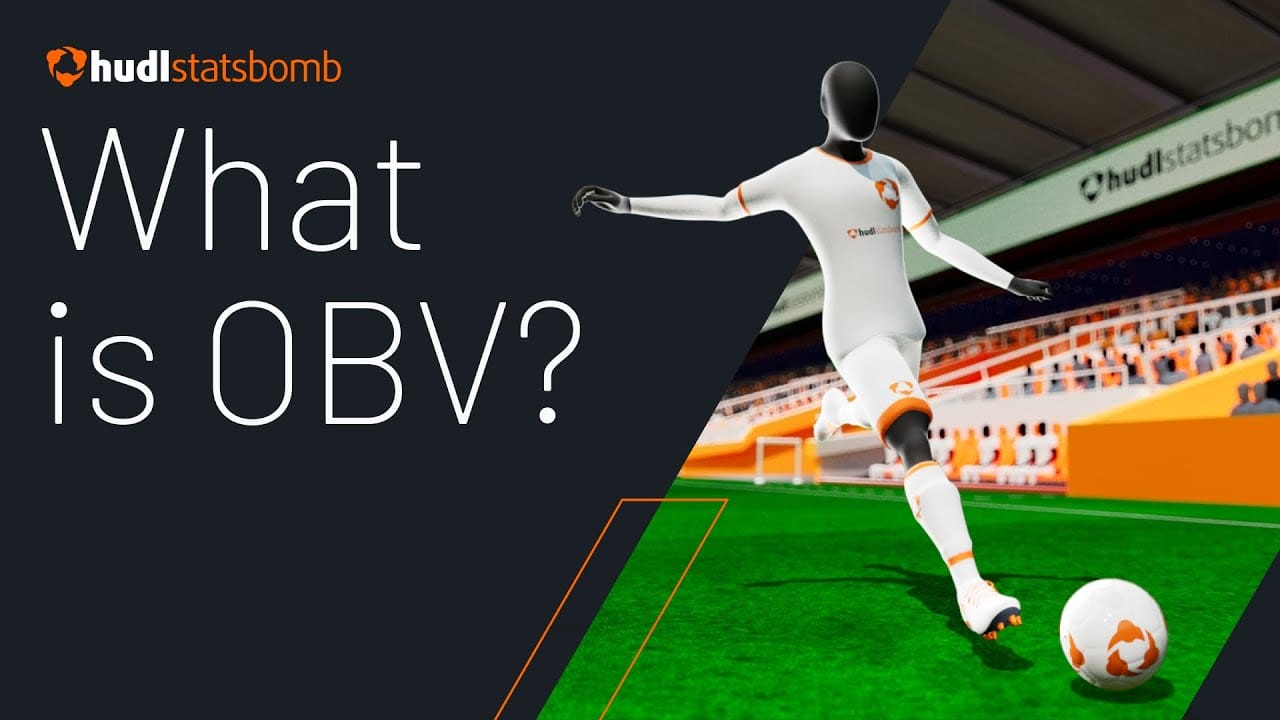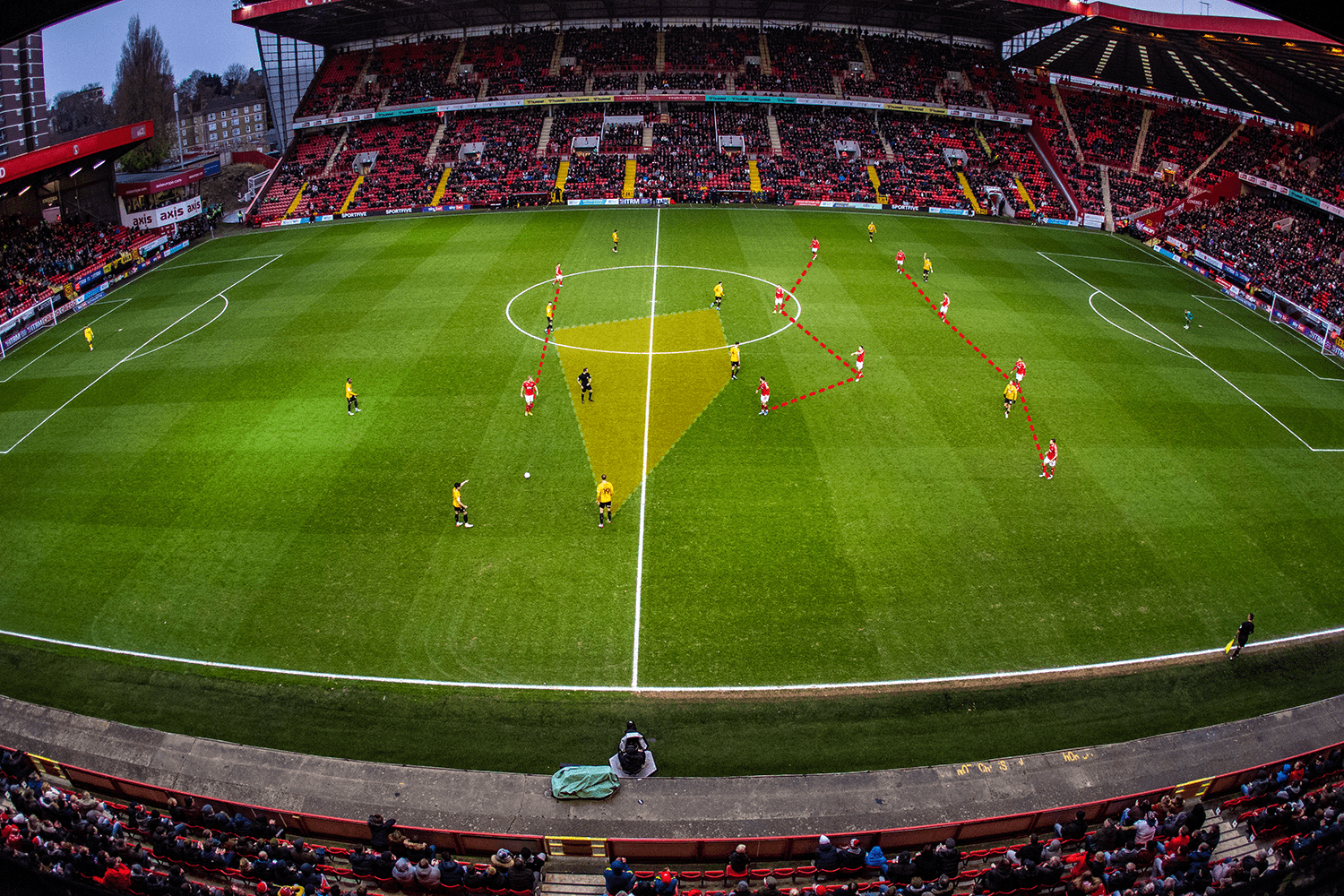
What is Expected Threat (xT)? Possession Value models explained
What is Possession Value?
Not all actions on the football pitch are equal. Some are more impactful than others.
Possession value models are a statistical framework used to to objectively and quantitatively measure the value of each event on the pitch.
By using possession value models, teams and analysts can better understand the impact of their players' actions and make data-driven decisions to improve their performance.
Read on for a guide to understanding one of football analytics' most important metrics.
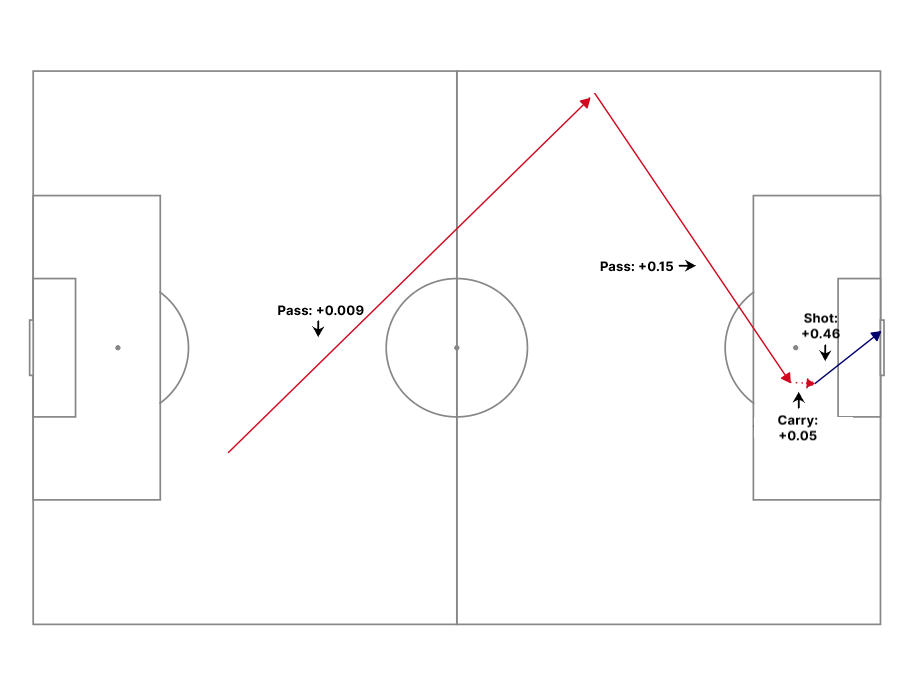
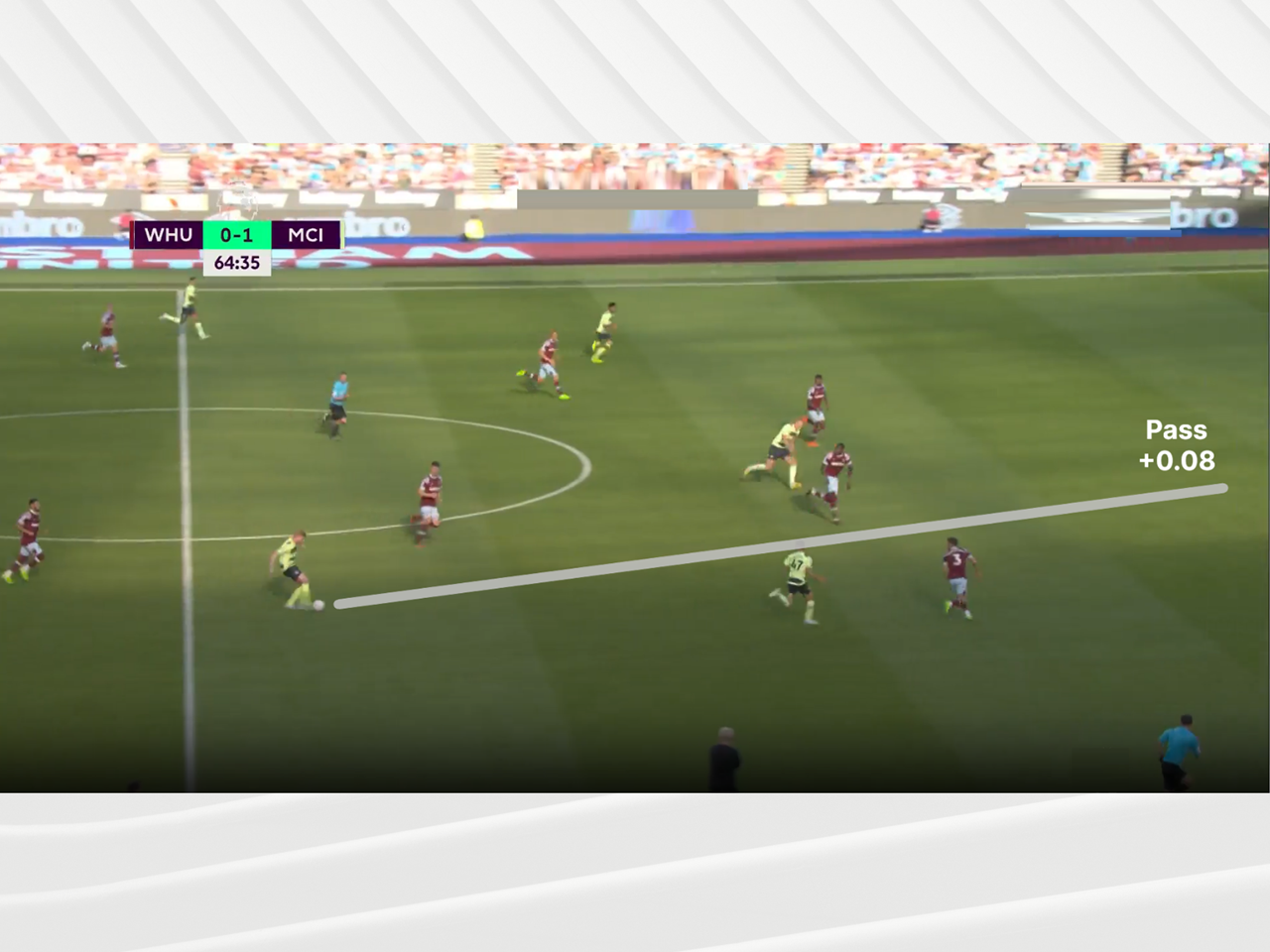
Examples of Possession Value models
- What is Expected Threat (xT)?
- What is VAEP?
- What is Possession Value (PV)?
- What is On-Ball Value (OBV)?
What is Expected Threat (xT)?
Expected Threat (xT) is calculated by laying a 'value surface' over a football pitch to divide it into zones, where each zone has a value assigned to it based on how likely a goal is to be scored from that zone. Players can then be credited for moving the ball from zone to zone. It was first introduced by Karun Singh in 2018, and is arguably the most known possession value model in the industry. However, it only values actions that move the ball from zone to zone, such as passes and carries, excluding defensive actions and shots. It is also typically implemented on limited event data, ignoring factors such as whether the player was under pressure or not when making the action.
What is VAEP?
VAEP is an approach introduced by KU Leuven in 2020. Unlike xT, VAEP values all actions performed by players - not just passes and carries, but shots and defensive actions too. It also considers the impact an action has on a team's chances of conceding as a result of the action - not just the impact on their chances of scoring. However, VAEP is trained on limited event data, and contains possession history features (the three preceding actions before the event). This is shown to introduce team-strength bias to the player ratings.
What is Possession Value (PV)?
Possession Value (PV) is an approach introduced by StatsPerform in 2019. It is trained on goals scored and uses a time-based approach, measuring the probability that a team in possession will score during the next 10 seconds of play. However, by using goals scored instead of xG, it increases the variance and class imbalance of the results. It's also trained only on a Goals Scored model and does not consider the impact each action has on the team in possession's chances of conceding, making it difficult to accurately evaluate the risk/reward of each action.
What is On-Ball Value (OBV)?
On-Ball Value (OBV) is an approach introduced by Hudl Statsbomb in 2021. It is trained on Hudl Statsbomb xG, the most performant xG model available, and evaluates all actions on that take place on the pitch, containing Goals For and Goals Against components in the model to accurately measure the risk/reward of each action. It also does not include possession history features, such as details of previous events in the possession, as many of these features correlate strongly with team strength and would lead to biased evaluations.
Why were Possession Value models developed?
How are Possession Value models used?
Player Evaluation
Possession Value can be used to evaluate individual players' performances by analysing their contributions to the team. It will quickly tell you whether a player has added value in a match or over the course of a season, and which actions they use to make their most valuable contributions.
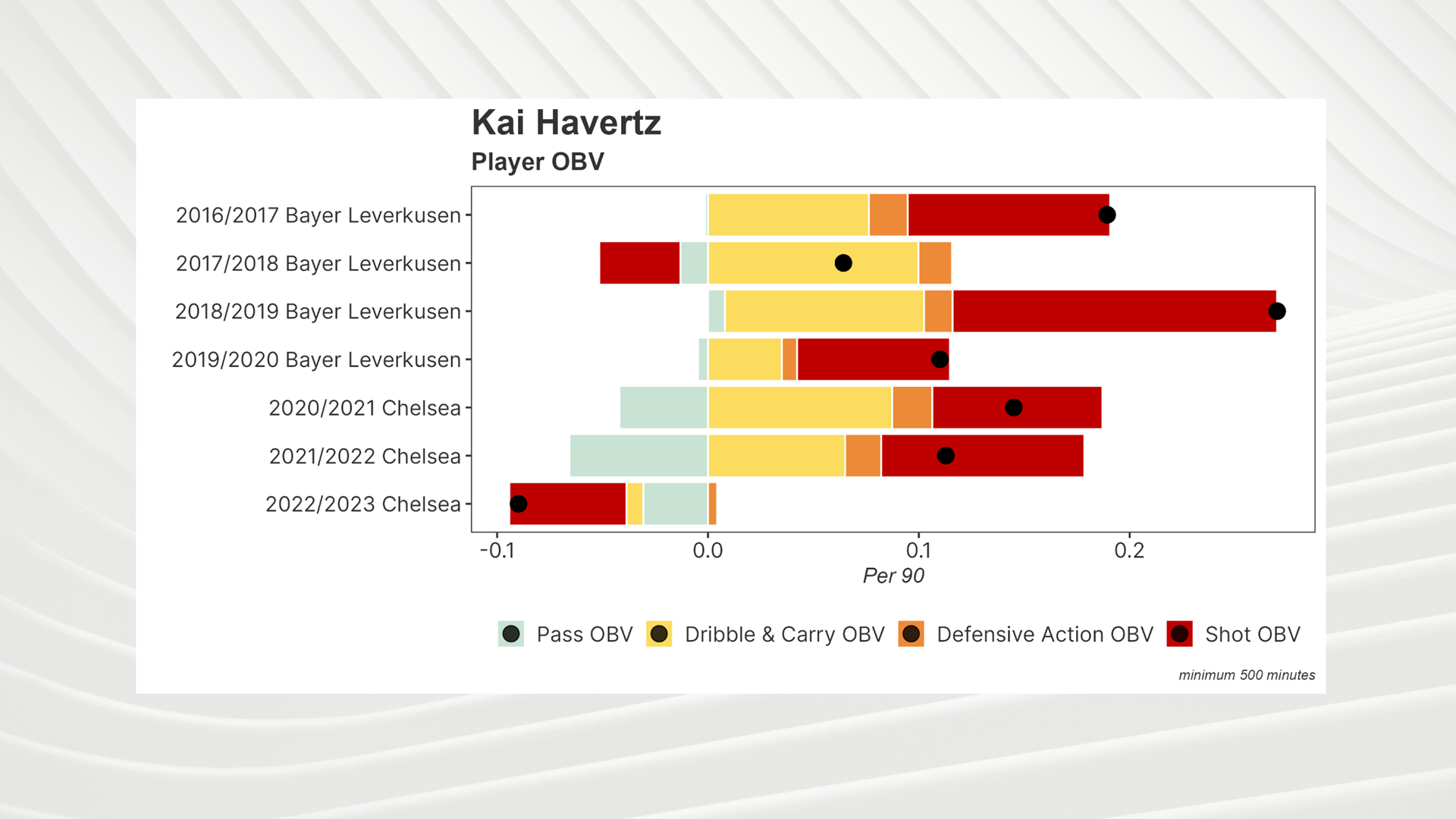
Tactical Analysis
Opposition analysts can use Possession Value to identify where on the pitch their future opponents look to progress the ball. It will quickly tell you which flank a team favours, and equally where they may be vulnerable by looking at where on the pitch their opponents have generated value.
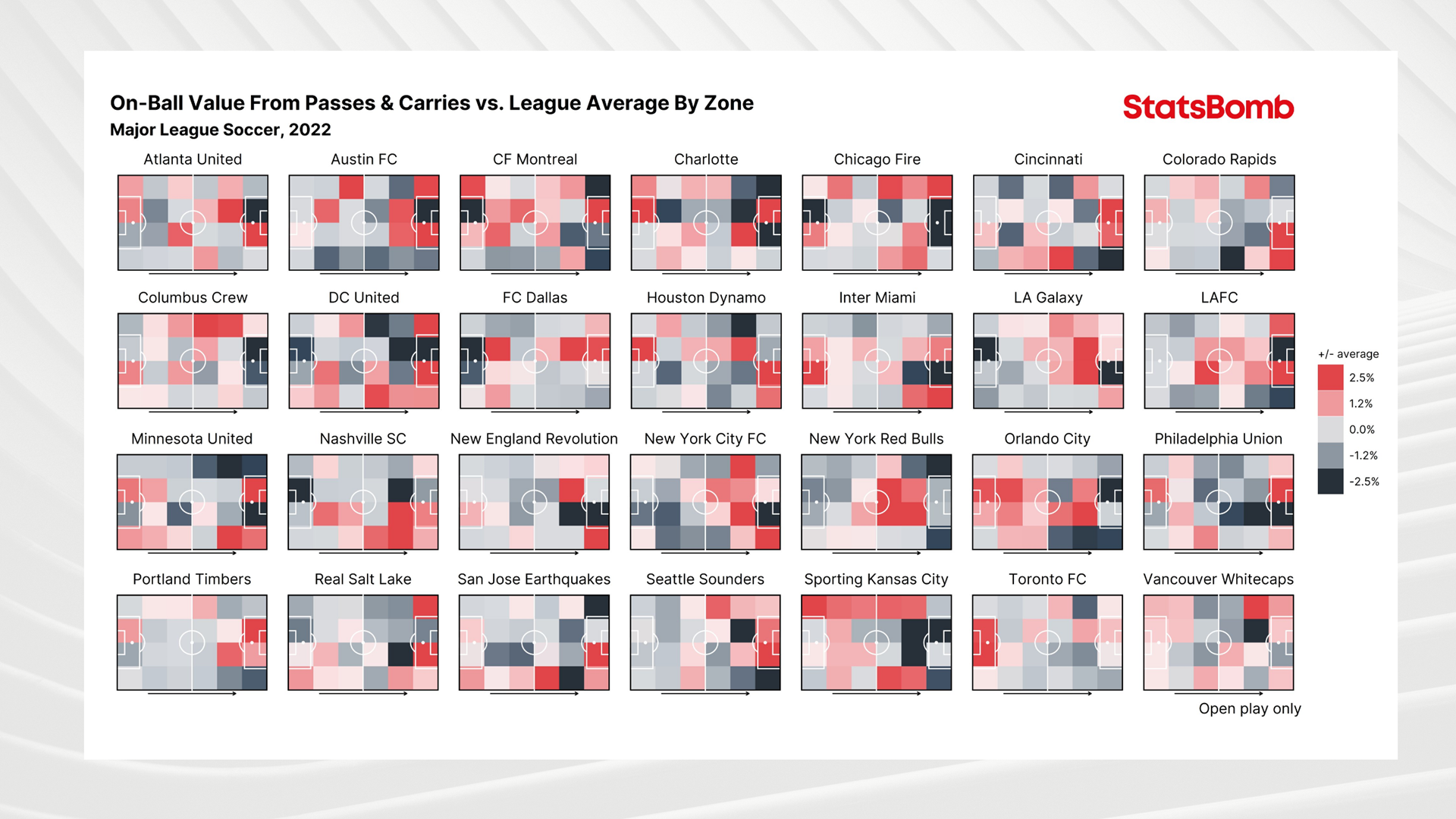
Scouting & Player Recruitment
Every team is looking for players that can successfully perform positive actions that enhance the probability of them winning the game. Possession Value can be used in player scouting to identify players that are consistently making positive contributions to their team's performances.

Match Analysis
Analysts and media entities use Possession Value to determine the 'flow' of a game and measure which team was gaining the better territory during certain periods of the match.
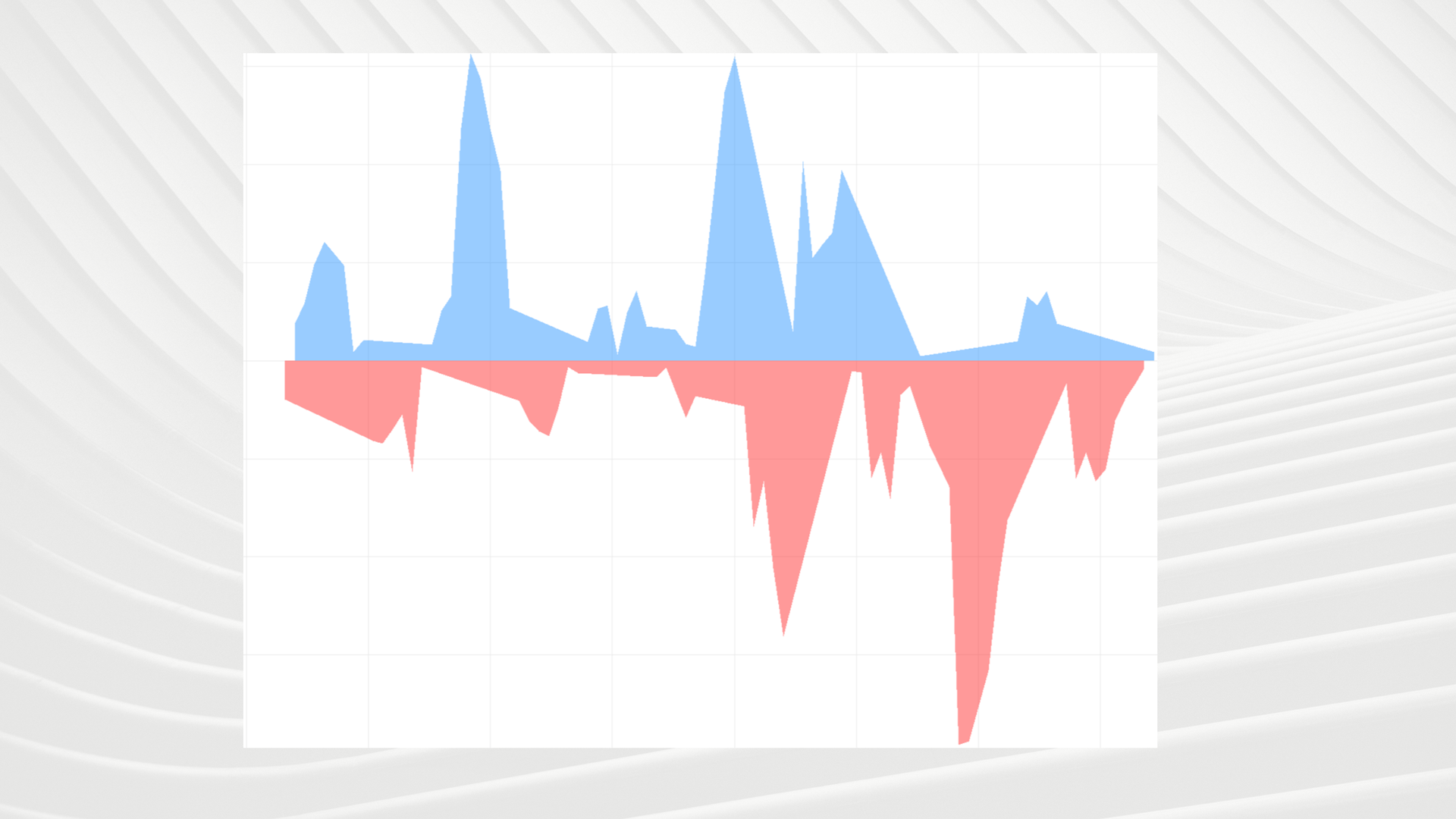

How does On-Ball Value (OBV) differ from other PV models?
On-Ball Value (OBV) uses more contextual events and better quality data than other models to more accurately measure the value of each action. There are numerous reasons why it can be seen as a measurable upgrade on the possession value models that have come before.
Trained On Hudl Statsbomb xG
Most other models are trained on goals scored. By training on expected goals (xG), OBV will be more accurate and less vulnerable to the variance of goals scored, due to them being a much less frequent event than shots and the xG values they generate.
Evaluates All Actions On The Pitch
Unlike some possession value models that focus primarily on passing and carrying, OBV evaluates all actions on the pitch, including defensive and goalkeeping actions. This provides a more comprehensive view of players' contributions to a team's success.
Separate Goals For And Goals Against Components
This allows the user to track each event’s impact on the team’s chances of scoring or conceding separately, and identify the respective attacking and defensive contributions of each action.
Excludes Possession History Features
Including possession history features introduces a team strength bias into possession value models. For example, stronger teams tend to have longer chains of possession, so actions performed in a longer possession chain would be overvalued by models that include these features.
Further reading on OBV
Some further reading on On-Ball Value (OBV) from around the Hudl Statsbomb website.
Want to learn more?
Our 100% online courses are ideal to get you started on your soccer analytics journey.



